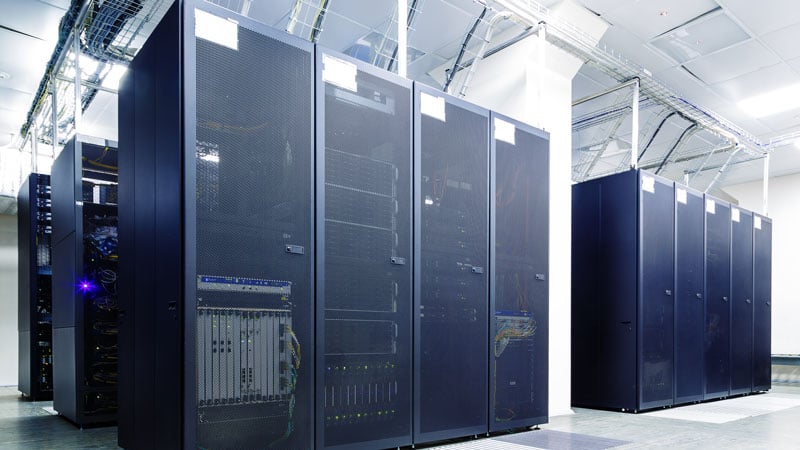5G Power Implications in the New Telecom Core: Managing the Load
The shift from one generation of wireless network to another always leads to upgrades at the service access point — what we used to call the central office. We typically work with operators to install new battery strings — often going from 24v to 48v – and new power plants, and generally fortify the power system for a heavier load. These things are happening during the shift from 4G to 5G as well, but this evolution is unlike earlier moves. While most of the attention around 5G is focused on the cell site, the latest network upgrade is accelerating the transition of the service access point from switching station to edge data center — complete with AC-powered servers and infrastructure, including an uninterruptible power supply (UPS).
5G Service Access Points Demand More Power
It’s somewhat counterintuitive, but the core tends to lag access space in a new wireless rollout, and in that sense, 5G is much like its predecessors. The problem in this move, however, is that as the access space shifts to 5G, the service access points at the core of the network aren’t equipped to handle everything coming from these souped-up cell sites.
The IT loads in these facilities require significantly more power than we’ve seen in the old central offices of the past, and operators should be mindful of the efficiency of their equipment and transition to high-efficiency systems when possible. This is also the time to prioritize remote visibility and control to enable more sophisticated and efficient capacity management. This is an important point. As the network expands and more users begin to take advantage of 5G applications, computing at the service access point and corresponding power draw is going to increase. The uncertainty of the power load in these new core sites is a new complication for telecom operators accustomed to predictability from their electric bills.
Visibility Needed for Smarter 5G Power Management
With intelligent load management built into their power infrastructure, operators can better understand the variability of the load and see where power is being consumed, right down to the circuit breaker or fuse. With that level of visibility, network engineers can anticipate and plan for capacity increases and add equipment and capacity as needed. Intelligent load management can alert operators when the load reaches a predetermined level relative to capacity, or when a given load increases from 300 amps to 400 amps, and allow the organization to order equipment long before the situation becomes critical.
Again, all of this is new territory for most telcos. These capacity increases are directly related to the transition to 5G and all the computing and processing happening in these switch centers — and the routers, processors, and servers making it happen. We frequently hear from operators who tell us so much equipment is being added to their core facilities that they can’t keep track of it all. Intelligent load management helps, providing real-time snapshots of equipment being added and growth patterns over time.
Implications of 5G Include More IT
451 Research calls 5G “the most impactful and difficult network upgrade ever faced by the telecom industry,” and it’s true. It’s not simply doing what the network has always done, only better. It’s introducing an IT layer that is central to the promise of 5G, and the implications of that are profound and far-reaching — and changing the old central office forever.
How is your organization managing the changing capacity profile of your service access point?






